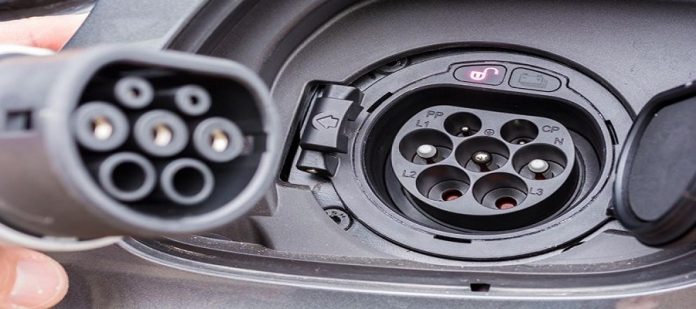In a monumental development, the Bureau of Indian Standards (BIS), India’s recognized National Standard Body, has given its nod to the nation’s inaugural indigenously crafted AC and DC Combined Charging connector standard for light electric vehicles (LEVs). This pioneering standard, designated as IS17017 (Part 2 / Sec 7): 2023, is not just a first for India but also a global breakthrough as it marks the world’s primary combined AC and DC charging connector standard for LEVs.
A Paradigm-Shifting Collaboration
This unprecedented achievement is the result of a remarkable collaboration involving NITI Aayog, the Department of Science and Technology, ARAI, electric vehicle (EV) manufacturers, and the Bureau of Indian Standards. The establishment of this standard carries profound implications as it paves the way for an open, innovative charging system, facilitating the global adoption of electric vehicles. It signifies a significant shift from relying solely on international standards to fostering indigenous innovation.
Filling a Market Void
This standard addresses a conspicuous gap in the market, caused by the lack of a standardized connector for combined AC and DC charging systems designed exclusively for light electric vehicles. These vehicles, including 2-wheelers, 3-wheelers, and microcars, come with unique charging requirements. Conventional 4-wheel (4W) charging connectors are both too expensive and too large for integration into smaller vehicles, rendering them impractical.
The combined AC and DC charging connector introduces a cost-effective, hybrid infrastructure that accommodates various charging speeds for light electric vehicles. This development ensures that users can benefit from a network compatible with both fast and slow charging, eliminating the need to carry a bulky charger.
B V R Subrahmanyam, CEO of NITI Aayog, emphasized the significance of this development, stating that it addresses the need for a common charging system for Light EVs in India, particularly in the absence of international standards. This standard offers convenience for Light EV users to charge from both AC and DC outlets. Considering that over 75% of new vehicles in India are two or three-wheelers, this standard is poised to make a significant impact on the vehicle market.
A Global Innovation and Catalyst for Clean Mobility
This pioneering standard, developed by the Bureau of Indian Standards (BIS), represents a unique global innovation. It facilitates both slow (AC) and fast (DC) charging from a single point, with the potential for widespread adoption in the field of Electric Mobility. It serves as a testament to the successful outcomes achieved through sound policy, innovation, and entrepreneurial spirit, propelling the nation forward. This new standard is anticipated to play a pivotal role in positioning India as a global leader in the realm of clean and sustainable mobility.
Swapnil Jain, Founder of Ather Energy, lauded this achievement, noting that it signifies a remarkable stride in the EV sector, with the potential for global implementation. This achievement marks a significant turning point, as it showcases India’s capability to design and develop technology with worldwide market potential, reducing dependency on foreign technology transfer.
In Conclusion
The approval of India’s first indigenously developed AC and DC Combined Charging connector standard for light electric vehicles (LEVs) by the Bureau of Indian Standards (BIS) is a trailblazing achievement. Not only does it fill a crucial market gap, but it also establishes a global standard as the world’s inaugural combined AC and DC charging connector for LEVs. This momentous achievement exemplifies the power of collaboration between the government and private enterprises, guiding India toward global leadership in clean and sustainable transportation. In addition to addressing a pressing need for charging connector standards in the Indian market, this development propels India’s position as a leader in the global pursuit of cleaner and more sustainable transportation solutions.









